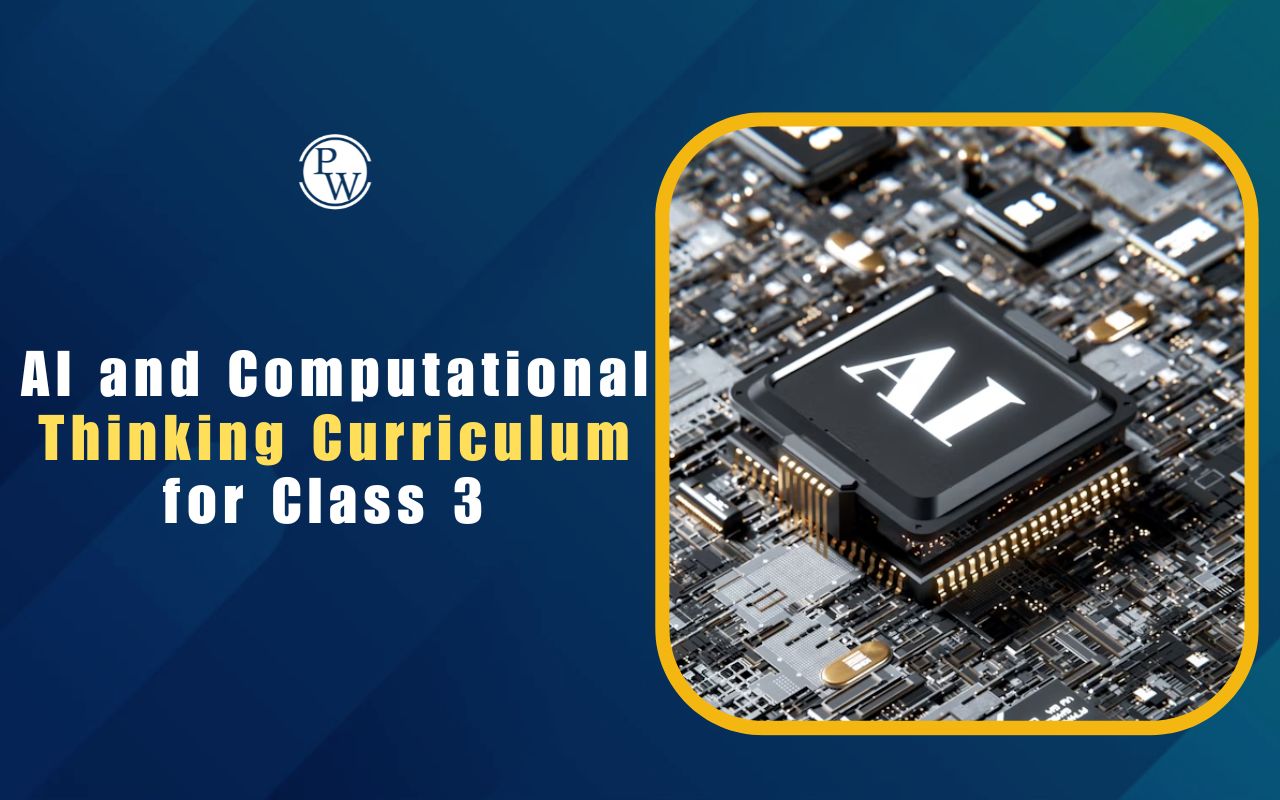

Meiosis is defined as a cell division in which a single cell divides twice to produce four haploid daughter cells. Produce cells are known as gametes or sperms and eggs. In this article, we will discuss meiosis and its various phases and take a look at its detailed diagram for meiosis.
Meiosis
It is a eukaryotic process in which an animal reproducing sexually reduces the number of chromosomes in a cell before the process of reproduction. Because of the decreasing number of chromosomes the combination of two gametes will form a zygote with the same number of alleles as a parent. During reproduction, the gametes can meet and fuse to create a new zygote.Also Check - Dental Formula
Phases of Meiosis
Meiosis Happens In Two Phases Meiosis I one Meiosis II:
Meiosis I
In the stage of meiosis I two new cells, each with haploid DNA but two copies. Two alleles are located on sister chromatids and copies of one another. Thus, these are recognized as haploid cells. Before beginning meiosis II, these cells take a short break. Meiosis I includes the following Stages:Prophase I
This is the first phase of meiosis I that is further divided into 5 different stages:- Leptotene
- Zygotene
- Pachytene
- Diplotene
- Diakinesis
Metaphase I
In this phase, the homologous chromosome pairs are aligned on the equatorial plate near the center of the cell. This step is also called reductional division. This process is the reason for the law of segregation. In the law of segregation, each allele has a chance of being passed on to offspring. In metaphase I of meiosis the alleles are separated.Also Check - Cytokinins
Anaphase I
In this face of the cell cycle homologous chromosomes are pulled on the opposite Pauls and sister chromatids remain attached. The chromosomes are pulled toward the centrioles at each side of the cell and the centrosome holding the sister chromatids together that do not dissolve in enough Phase 1 of meiosis which means only chromosome homologous pairs are separated not sister chromatids.Telophase I
In this phase new nuclear membrane reforms and chromosomes decondensed.Cytokinesis I
In this face the cell divides into two haploid daughter cells.Meiosis II
Prophase II
In this phase chromosomes condense and the new nuclear envelope reforms. The chromosome starts to get pulled towards the metaphase plate.Metaphase II
In this phase of the cell cycle the non-homologous chromosomes aligned on the equatorial plate. In this stage, centromeres are attached to the protein cohesin.Anaphase II
In Anaphase II sister chromatids moves to opposite poles and gets separated. The equatorial division happens.Telophase II
Chromosome decondensed and nuclear membrane reforms. The cell is now separated into two chromosomes on opposite ends of the cell. In this phase, plasma division occurs and new nuclear envelopes are formed around the chromosome.Cytokinesis II
cell divides into four haploid daughter cells. (Insert the diagram of the cell cycle- Meiosis Stage)Also Check - Determination Of Sex
The Function of Meiosis
- Meiosis ensures the number of chromosomes in the offspring as in the parents.
- In eukaryotes this lead to many defects in development.
- If the organism doesn't have polyploidy meiosis occurrence before reproduction then the organism will not able to survive.
- Meiosis occurs in two different divisions with different phases in each.
Diagram For Meiosis FAQs
What products of meiosis are produced?
The results of meiosis, four haploid cells with only one chromatid on each chromosome, are produced by cytokinesis, which divides the chromosome sets into new cells. Sperm or egg cells are the products of meiosis in humans.
What differentiates meiosis 1 from meiosis 2?
Meiosis I generates two new cells, each with haploid DNA but two copies. Again, even though each gene has two alleles, they are located on sister chromatid copies of one another. Thus, these are regarded as haploid cells. Before beginning meiosis II, the second division of meiosis, these cells take a brief break which then results in the formation of four haploid cells.
What is the function of cell division?
Cell division facilitates the dispersion and transfer of genetic material across generations. - Most unicellular organisms require it for asexual reproduction.
The division of the numerous cells that make up our body is what causes it to grow. Cell division helps the body heal when a section of it is cut or injured.
What does a meiosis diagram represent?
A single cell divides twice during the process known as meiosis to produce four haploid daughter cells. The resultant cells are referred to as gametes or sex cells (sperm and egg).
What distinguishes meiosis from mitosis?
Cells divide to create new cells during both meiosis and mitosis. Meiosis generates the cells needed for sexual reproduction, whereas mitosis reproduces the non-sex cells needed for growth and development.
🔥 Trending Blogs
Talk to a counsellorHave doubts? Our support team will be happy to assist you!

Check out these Related Articles
Free Learning Resources
PW Books
Notes (Class 10-12)
PW Study Materials
Notes (Class 6-9)
Ncert Solutions
Govt Exams
Class 6th to 12th Online Courses
Govt Job Exams Courses
UPSC Coaching
Defence Exam Coaching
Gate Exam Coaching
Other Exams
Know about Physics Wallah
Physics Wallah is an Indian edtech platform that provides accessible & comprehensive learning experiences to students from Class 6th to postgraduate level. We also provide extensive NCERT solutions, sample paper, NEET, JEE Mains, BITSAT previous year papers & more such resources to students. Physics Wallah also caters to over 3.5 million registered students and over 78 lakh+ Youtube subscribers with 4.8 rating on its app.
We Stand Out because
We provide students with intensive courses with India’s qualified & experienced faculties & mentors. PW strives to make the learning experience comprehensive and accessible for students of all sections of society. We believe in empowering every single student who couldn't dream of a good career in engineering and medical field earlier.
Our Key Focus Areas
Physics Wallah's main focus is to make the learning experience as economical as possible for all students. With our affordable courses like Lakshya, Udaan and Arjuna and many others, we have been able to provide a platform for lakhs of aspirants. From providing Chemistry, Maths, Physics formula to giving e-books of eminent authors like RD Sharma, RS Aggarwal and Lakhmir Singh, PW focuses on every single student's need for preparation.
What Makes Us Different
Physics Wallah strives to develop a comprehensive pedagogical structure for students, where they get a state-of-the-art learning experience with study material and resources. Apart from catering students preparing for JEE Mains and NEET, PW also provides study material for each state board like Uttar Pradesh, Bihar, and others
Copyright © 2025 Physicswallah Limited All rights reserved.











